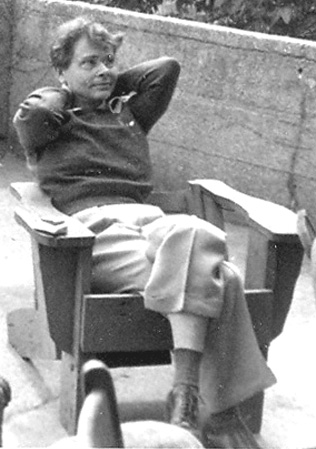

Esther M. Lederberg had to overcome gender discrimination as best she could. Esther M. Lederberg was not alone in this respect. Consider the eminent geneticist (and close friend of Esther M. Lederberg), Barbara McClintock.
When Barbara McClintock became a Nobel Laureate, James Watson remarked: "It is not a controversial award. No one thinks of genetics now without the implications of her work." However, many geneticists such as Joshua Lederberg simply refused to accept her views, and Sewall Wright thought that after some remedial studies in genetics, Barbara McClintock could be brought around to understand the simple algebra required to understand genetics.
In the 1940s through the 1950s, Barbara McClintock worked with mobile genetic elements in maize: transposons. When other researchers also found transposons in bacteria as well as insects, it became easier to accept the research of Barbara McClintock, that they had previously found too difficult to understand.
However, can anyone think of a reason why it took so long (almost 40 years) for Barbara McClintock to get a Nobel prize? Perhaps the views of Barbara McClintock on this matter would prove useful? Could it be gender discrimination? To be more precise, it was due to what Barbara McClintock called the "anti-woman scientist bias." After all, all that a Sewall Wright had to do was examine Barbara McClintock's research laboratory books, as Barbara McClintock had invited him to do.